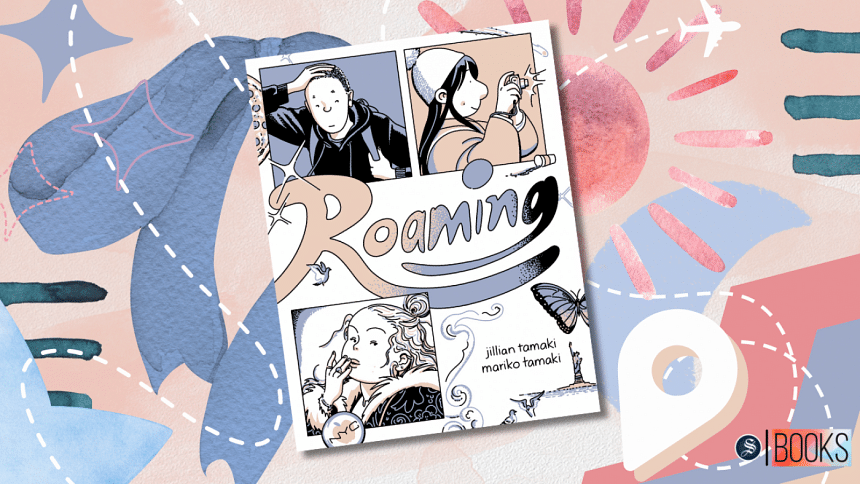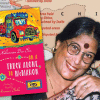A love letter to traveling with friends

It is a very human craving to be understood. To be able to attach value to a place and at the very same time, setting oneself on the path of self-discovery and exploration of our surroundings is a connection that we all want. A large part of sustaining the ebbs and flows of connectivity, and our place in the grander scheme of petite discoveries takes place through trips and tours. In a post-Covid world, traveling has been the first on many of our to-do-lists—an act of self-care and rekindling connections with friends and loved ones.
The graphic novel, Roaming, created by cousins, Mariko and Jillian Tamaki, take us on a trip down the risky travails of young adulthood, the nuanced intricacies of discovery of the self and of others, and other multifaceted layers of traveling. The novel starts in 2009, when lifelong friends, Zoe and Dani, take their first ever trip to New York after their fledgling high school days. Joining them on their sojourn is Dani's friend, Fiona, a mercurial and overtly critical art student.
Their journey takes them to New York, illustrating as it goes the pitfalls of the traveling women in stark detail: getting a room, the inescapable advances from men hitting on them, and reminiscing about growing up Asian in America and the racism that comes with it. Both characters, Zoe and Dani, are Asian, while Fiona is a white Canadian-American. In the course of their travels, the characters showcase their complexities and it is through befriending Fiona that a contestation of belonging and openness springs up between long-standing friends, Zoe and Dani.
In the midst of what appears to be a budding romance between Zoe and Fiona, we see the effects of this relationship on Zoe's friendship with Dani, causing an internal chasm to appear between the two. We get to see Zoe remain caught in between the friendships of the past and the future, as she tries to keep the group of three together and positions the reader in a place of self-reflection and self-discovery on questions of love, companionship, and kindness.
It is precisely in their dialogues that we see a reflection of ourselves as we learn to pay attention to the characterisations and the gradual makings and unmakings of female friendships when traveling. From heartfelt conversations to fights about trust and loyalty, the authors offer us a window into the rhythmic undercurrents of exploring a new place with friends both old and new.
Immersive and beguiling storytelling at its finest, the visual imagery presented by the Tamakis brightens every page in this mammoth, 400-page graphic novel, as it showcases the beauty of New York's cultural landmarks and the symbolic attachment to each character's understanding of what the city means to them, as well as their constructions of their past and present selves. Drawn in pastel white, blue, and pink, the heartfelt drawings of the Big Apple's glaring museums, its cacophony of sounds, morsels of delicious pizza slices, picturesque butterflies, and the raw emotions of wonder and awe shine through when reading the book.
Taking us as a fourth participant on this joyride of traveling, the graphic novel exudes moments of raw intensity and perpetual warmth, making it worth everyone's read.
Israr Hasan is a Senior Research Assistant at BRAC James P Grant School of Public Health.

 For all latest news, follow The Daily Star's Google News channel.
For all latest news, follow The Daily Star's Google News channel. 











Comments